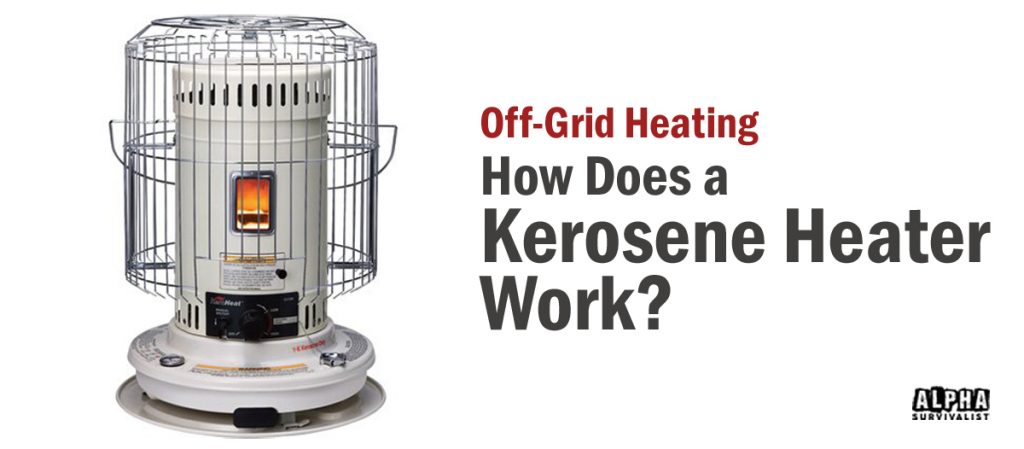Many people prefer fuel-based heaters to electric and other types of heating systems, simply because they are much more powerful and offer faster results. If you’re planning to buy a kerosene heater, it is imperative that you know more about its operation and how it functions. That way, you can make a far better and informed decision on what type of heater to buy and how to make sure you can operate it safely.
How the Heater Works
As with every other piece of equipment or gadgetry, using a portable kerosene heater these days is quite easy because of the advanced electronics and the intricate user interface technology that most manufacturers employ. With just the turn of a dial or the press of a button, your heater will be ready to go, and even putting it together for the first time is extremely easy. That being said, knowing how to turn it on and knowing how it operates are two entirely different things.
Kerosene heaters are able to produce heat by burning a wick infused with K1 kerosene. This is achieved via capillary action and gasification, as the kerosene is first drawn up by the wick and then made to evaporate and burn, heating the air around it to impressive temperature levels.
The burner is designed to keep heating through radiation caused by the open flame as the kerosene burns. At the same time, the flame height can be adjusted via a mechanism that controls the height at which the wick is extended. In order to turn off the device, the wick simply has to be extinguished through a movement of drawing it into a cavity located below the burner.
This method of operation can work on its own, just through the mechanical engineering of the adjustment system and the chemical and physical qualities that are at the basis of how the wick is able to sustain its flame. However, with the help of modern technology, manufacturers are able to stabilize the way in which the flame burns, fine-tune the adjustment process, increase the heating efficiency of the entire device, and, of course, to also make the entire thing safer.
Potential Issues with Kerosene Heaters
There are many potential problems that may or may not have been foreseen by most manufacturers of kerosene based heating systems. In some ways, propane heaters are superior because of this, since they are more stable. However, the sheer power and remarkable efficiency of the kerosene heater will usually counteract that fact, and in our opinion wins the old kerosene vs propane debate.
An improperly designed wick or a poorly chosen batch of kerosene can cause the heater to burn unevenly, stop operating, or even leak harmful gases. As a result, it’s always a good idea to test the device before using it for the first time, and to make sure that all the elements that contribute to the burning process are operating within the right parameters.
Whether you want a large heater for your entire home or building, or a small outdoor heater to take camping, you’ll find that kerosene heaters can be extremely effective and in some ways even better than electric and propane heaters.
